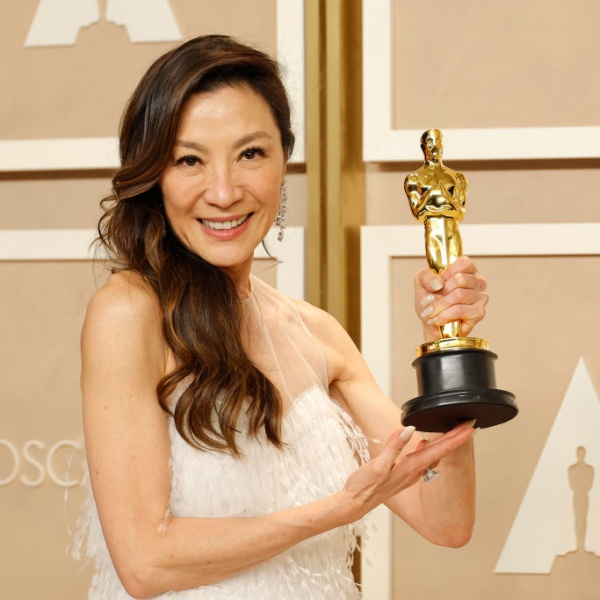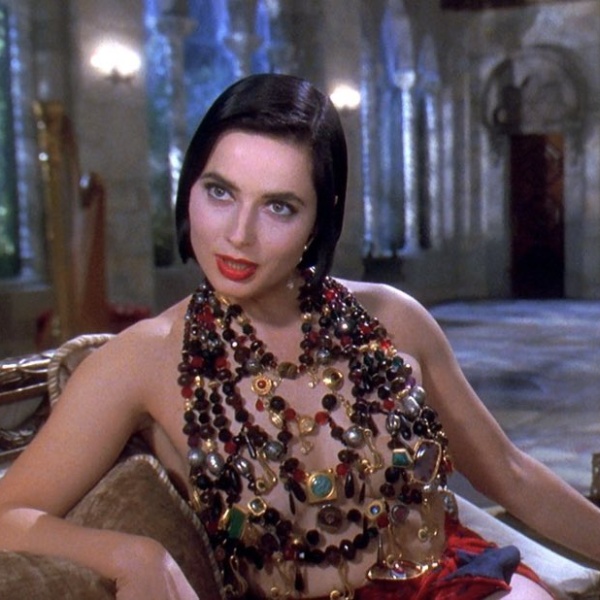When Blitz Bazawule heard that he was under consideration to direct a new adaptation of Alice Walker’s Pulitzer Prize-winning novel “The Color Purple,” the idea gave him more pause than excitement. “At first I was like, why are they remaking it? It’s already been brilliant in so many mediums,” Bazawule told IndieWire’s Filmmaker Toolkit podcast. Bazawule was a huge fan of Walker’s novel and Steven Spielberg‘s 1985 film, and given the fact that the later Broadway musical from which the new film was to be adapted had also been a commercial and artistic triumph, he didn’t really see where else there was to take the story.
Nevertheless, Bazawule decided he had nothing to lose by taking the meeting, and before he did he re-read Walker’s novel. “That’s when I [realized], there is a layer that still lingers, and that layer is Celie’s imaginative plane,” he said, referring to the novel’s heroine, a black woman who rises from poverty and abuse in early 20th-century Georgia to find peace and reconciliation. “The opening lines of the book read ‘Dear God,’ and I was like, OK, you have to have imagination to be writing letters to God. Immediately I went, ‘That’s the way in.’”
Bazawule decided to lean into creating a visual expression of Celie’s inner life, a guiding principle that motivated everything from the cinematography and the production design to the costumes and choreography, in the process honoring the versions that came before but adding a new dimension to the tale. “There were opportunities to constantly segue into larger-than-life moments, like when Celie imagines a 50-piece orchestra on stage,” Bazawule said, noting that the key was to “oscillate between the real and the unreal.”
Bazawule also saw an opportunity in “The Color Purple” to make a film about trauma that reflected his own observations and experiences. “Often people who deal with trauma and abuse are miscategorized as docile and waiting to be saved,” the director said, “and I find that actually to be quite false. In their headspace, they are working actively to free themselves. We just don’t have access to that headspace. So I felt that if I could give Celie that imagination and if I could bring the audience into her headspace, then we could give the audience a sense of her agency. She’s actively learning how to love and who to love, how to free herself, and over time have something that will be hers. That was it for me — once I stumbled on that, I knew, OK, we’ll actually be contributing to the canon.”



